Circuit breakers protect your home or business by shutting off electricity when there’s a fault or overload, keeping your home and family safe. Knowing how to find the right breaker can save time during electrical work and help restore power quickly after an outage.
People usually search for their circuit breaker when:
- Power goes out in a single room or part of a building
- They need to safely cut power before installing or repairing a fixture
- They want to map and label their circuits for easier access in the future
This guide will walk you through how to locate your breaker panel, identify the correct breaker, and prepare your panel for future convenience.
Step 1 – Locate the Circuit Breaker Panel
The circuit breaker panel goes by several names depending on where you live or who you ask. You might hear it called a breaker box, electrical panel, service panel, or load center. No matter the name, it serves the same purpose: housing the breakers that control your home’s electrical circuits.

Typical locations in homes
- Garage, often on the interior wall near an exterior door
- Basement utility area near the water shutoff
- Interior hallway or utility closet
- Exterior wall in a weatherproof enclosure
Typical locations in apartments or condos
- Entry hallway closet
- Bedroom wall behind a door
- Kitchen pantry or cabinet
- Shared service room in older buildings
When you find it, you’ll be looking for a metal door, usually gray or off-white, with a latch or handle that swings open to reveal the breakers inside. Most panels contain two vertical rows of smaller rocker switches, called branch breakers, along with one larger main breaker positioned at the top or bottom. This main breaker controls power to the entire panel.
Safety reminder
When working with a circuit breaker, always keep the area dry, stand on a stable surface, and never remove the panel cover or touch internal components.
Step 2 – Option 1 – Map Circuits Manually Without Tools
Imagine you’ve bought a new light fixture and want to replace the old one in your dining room. Before you can start, you need to know which breaker controls that circuit so you can shut it off safely. If the panel isn’t labeled, the fastest no-tool option is to manually map the breakers by turning them off one at a time until you find the right one.
This process is easiest with two people: one at the breaker panel and another in the room watching the light or outlet in question. You’ll also want a notepad or your phone to record the results, and painter’s tape if you’d like to mark breakers as you go.
The Process
- Turn the dining room light on so you can see when the power goes off.
- Have your helper stand in the dining room while you go to the panel.
- Flip one breaker to the OFF position.
- Your helper tells you whether the light has turned off.
- If it hasn’t, return the breaker to ON and try the next one.
Once the light goes out, you’ve found the correct breaker. Make note of it and label it on the panel.
This method costs nothing and can teach you how your electrical system is laid out. The only downside is that it can take time, especially if you need to identify multiple circuits. It can also be a challenge if you are alone, since it will involve several trips from the panel to check the fixture. Still, for a single fixture swap, it’s straightforward and effective.
Step 2 – Option 2 – Use a Circuit Breaker Finder Tool
To simplify finding the right breaker for your dining room fixture, a circuit breaker finder tool is a big help. This device lets you do the work without a second person and without the inconvenience of switching the wrong circuits, avoiding issues like resetting digital clocks.
A breaker finder uses two parts: a small transmitter that plugs into a working outlet on the circuit you want to identify, and a handheld receiver that scans breakers in your panel. When the receiver detects the signal from the transmitter, you know you’ve found the right breaker.

The Process
- Plug the transmitter into an outlet in the same room as the light fixture you’ll be replacing.
- Take the receiver to your breaker panel and slowly scan each breaker.
- The receiver will beep or light up when it detects the correct one.
- Flip that breaker to OFF and confirm the light is out before you start work.
Please note, if you turn off the breaker for the outlet and the light stays on, it means they’re on separate circuits. In that case, you can use a light socket adapter to plug the transmitter directly into the fixture’s socket, ensuring you’re tracing the fixture’s actual circuit.
Breaker finders come in many styles and price ranges. Some, like the KT301P Circuit Breaker Finder from KAIWEETS, are compact and designed for quick scanning without much guesswork. While they’re especially helpful in large homes or buildings, they can also save time in smaller spaces by eliminating trial-and-error.
KAIWEETS KT301P Circuit Breaker Finder
The KAIWEETS KT301P is a 3-in-1 device that combines a digital circuit breaker locator, outlet tester, and GFCI tester. It features an LCD display, NCV mode for non-contact voltage detection, and a built-in flashlight for safe and efficient electrical work.
Full specs & features.
Step 3 – If the Circuit Is Already Tripped
Sometimes you’ll walk into a room and notice the light won’t turn on, the outlets are dead, and nothing plugged in will power up. In this case, the breaker for that circuit has likely tripped. In this case, you don’t need to test every breaker; you just need to identify and reset the one that’s already off.
A tripped breaker usually sits in a middle position, not fully ON or OFF, and may have a small colored indicator showing through. The first thing to do is check your panel for a breaker in this halfway position.

Safely Resetting the Breaker
- Turn off or unplug any devices on that circuit. This step prevents another immediate trip.
- Push the breaker fully to the OFF position.
- Flip it back to ON in one firm motion.
- Confirm the power has returned by checking the light or outlet.
If the breaker trips again right away, stop and investigate the cause. The most common culprit is running too many devices on the same circuit. However, a damaged power cord can also cause the issue.
Tools like breaker finders won’t help here because the outlet is already dead, and the transmitter needs live power to work. Instead, this is all about spotting the tripped breaker and resetting it correctly.
Safety Tip: When to call a pro
- Breaker won’t reset
- Burning smell or heat at the panel or an outlet
- Frequent trips with normal loads
Step 4 – Label the Panel for Next Time
Once you’ve tracked down the right breaker, whether by mapping it manually, using a finder, or spotting a tripped switch, you have the perfect opportunity to make sure you never have to hunt for it again. A simple, accurate description of the area controlled by each circuit will save time and frustration in the future.

It’s also a good habit to create a master list of all your circuits, either on paper stored inside the panel door or in a phone note you can reference anywhere. Include breaker numbers, room names, and any special circuits such as refrigerators, sump pumps, or garage doors. Over time, these labels can be a lifesaver, especially if you need to cut power in an emergency or guide an electrician through your setup.
Final Tips for Safe Circuit Breaker Work
Working with your circuit breaker panel is inherently dangerous, but you should always treat your electrical system with caution and respect.
- Make sure you’re standing on a dry, stable surface
- Ensure your hands are completely dry before touching the panel.
- Use a flashlight or phone to see the panel. Good lighting prevents mistakes.
- Plan ahead if you ever need to switch off the main breaker. You will cut power to the entire home, including appliances, clocks, and HVAC systems.
Most importantly, know your limits. If you see scorch marks, smell something burning, hear buzzing from the panel, or encounter a breaker that won’t reset, that’s a sign to stop and call a licensed electrician. Safety around your electrical system is more important than getting the lights back on.
FAQs
How do you figure out what is connected to a breaker?
Use the manual two-person method or a breaker finder on a live outlet. Always verify by toggling the breaker while checking the device or fixture.
What tool is used to identify breakers?
A circuit breaker finder, which uses a plug-in transmitter and handheld receiver. Advanced tracers can help in more complex setups.
What causes a circuit breaker to trip?
The most common causes are circuit overloads, short circuits, or faults detected by GFCI/AFCI protection.
Can I find the right breaker if the outlet is dead?
Yes, but not with a standard breaker finder. Instead, look for a tripped breaker and reset it safely.
Should I label individual outlets or just rooms?
Label by room and list the most important outlets, fixtures, or appliances on that circuit.

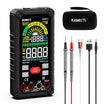


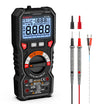
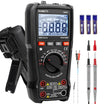
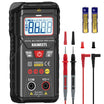
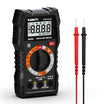

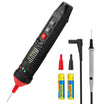
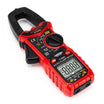


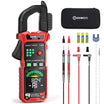

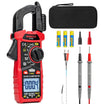

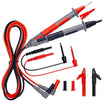
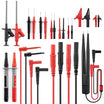

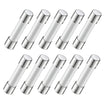
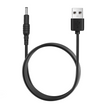
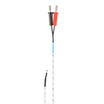


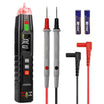

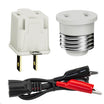
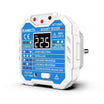
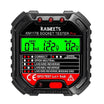
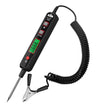
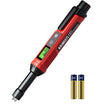
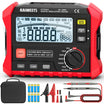
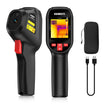

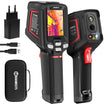
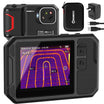
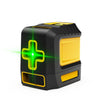
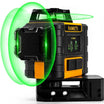
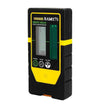
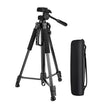
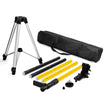
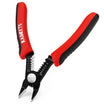


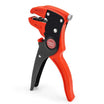
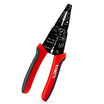
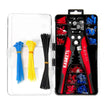
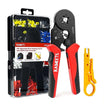
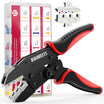
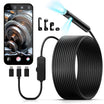
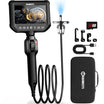
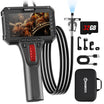
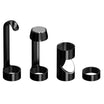

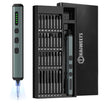
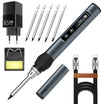
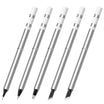
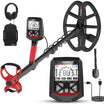
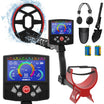
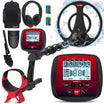
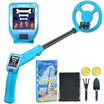
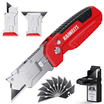
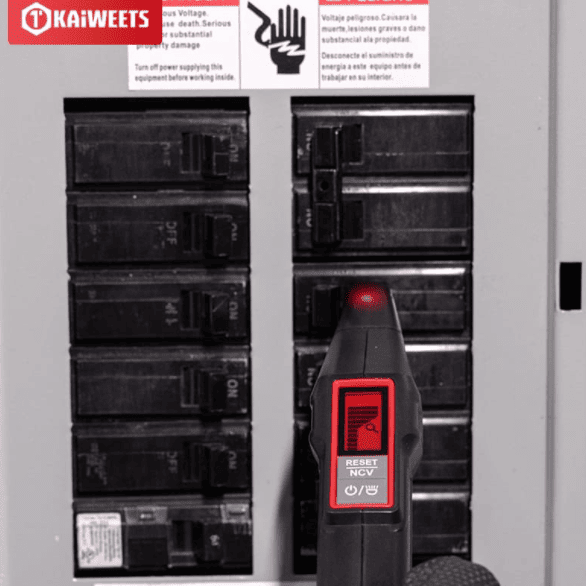

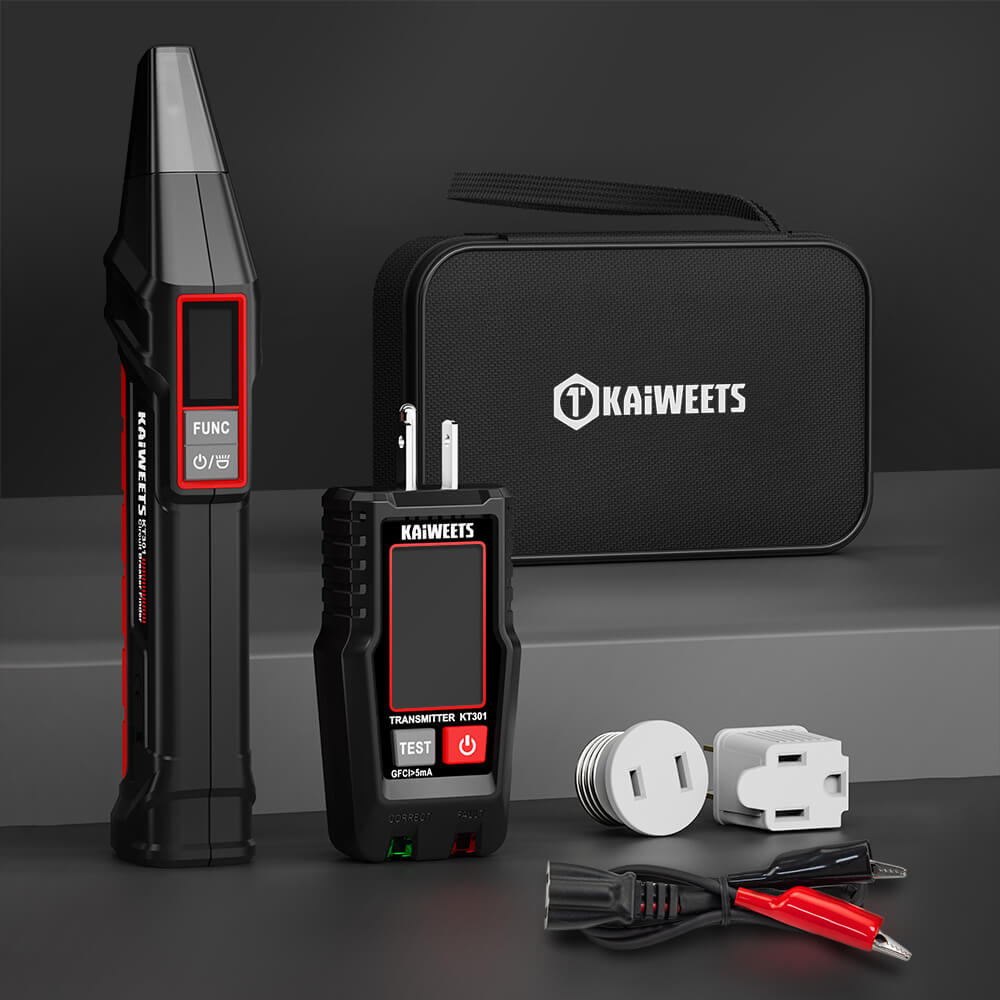
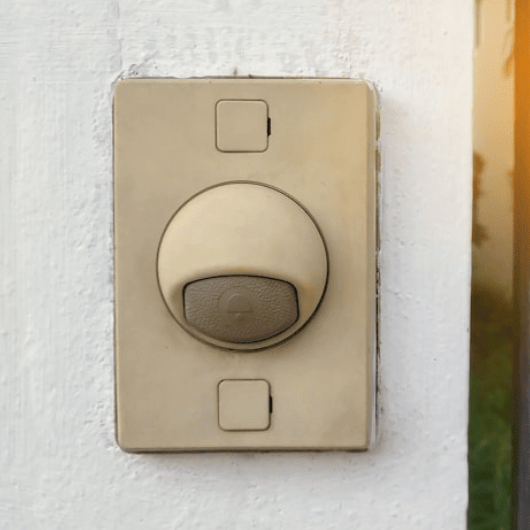
Laisser un commentaire
Tous les commentaires sont modérés avant d'être publiés.
Ce site est protégé par hCaptcha, et la Politique de confidentialité et les Conditions de service de hCaptcha s’appliquent.